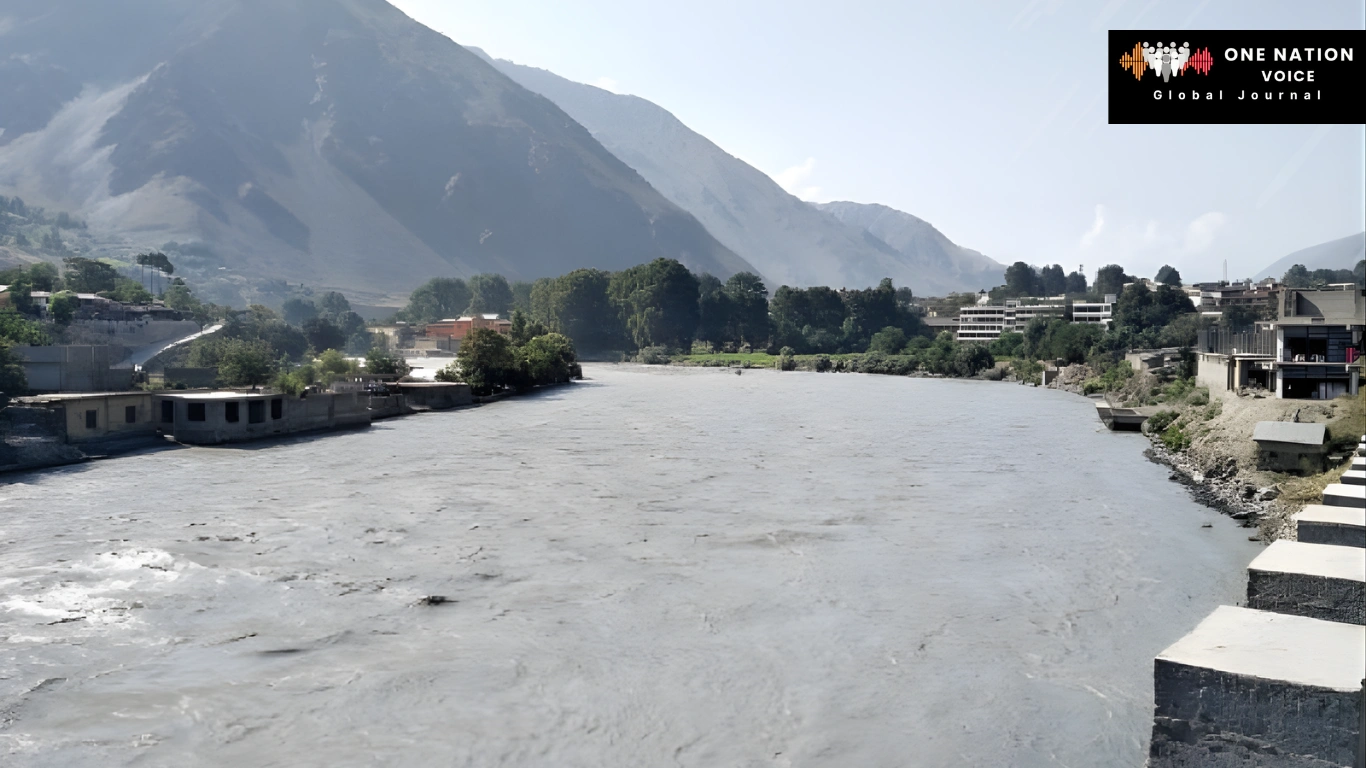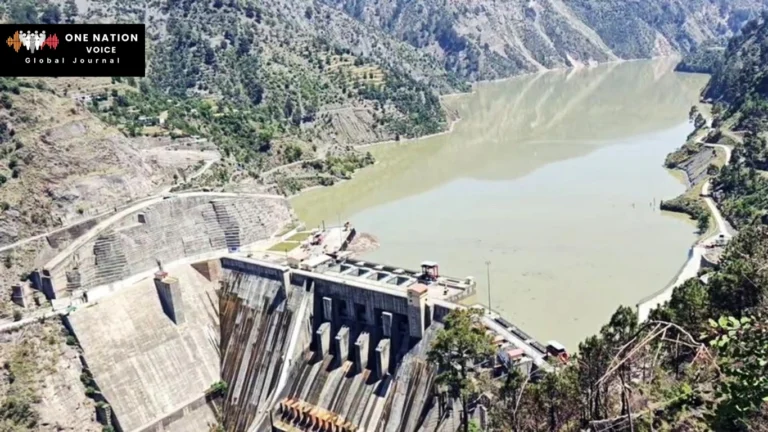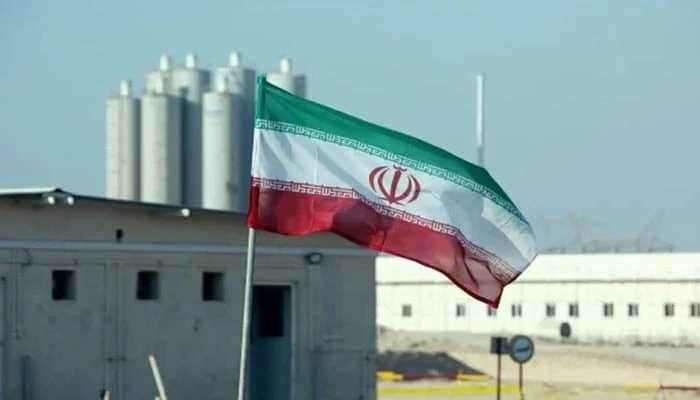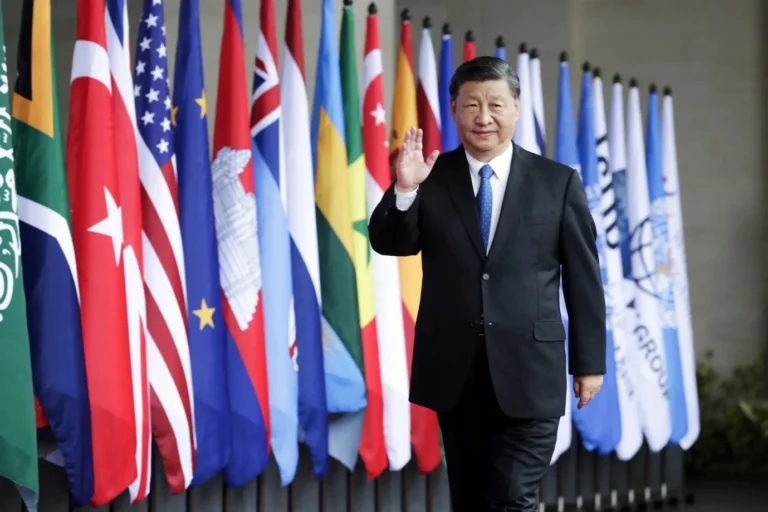Pakistan’s View of the Chitral–Kabul River

Pakistan’s View of the Chitral–Kabul River
In recent years, there has been an increased talk of constructing dams on the Kunar and Kabul rivers within Afghanistan. To Pakistan, that strongly relies on the same river system, these utterances are environmental and strategic red flags. It is not the construction of the dams that is troubling.
What raises concern are the questions of timing, intent, and the unmistakable signs of external influence on the country.
A Web of Rivers and Dependencies
The territory of Afghanistan is divided into five major river basins, Amu Darya, Indus Kabul, Northern, Harirod Murghab, and Helmand. The Indus Kabul basin of these connections makes the water destiny of Kabul directly dependent on Pakistan. Nine rivers flow between the two countries, three through Khyber Pakhtunkhwa and six through Balochistan. These shared waterways intertwine their ecosystems, regardless of political boundaries or intent.
Moreover, approximately 23 million acre feet (MAF) of water is drained out of Afghanistan into Pakistan every year. The Kabul River alone contributes about 17.5 MAF of water, while the Chitral River adds another 8 MAF. The latter originates in Pakistan, crosses into Afghanistan, and then reenters Pakistani territory as well. This complex network ignores political boundaries, yet nearly 80 percent of Khyber Pakhtunkhwa’s agriculture depends on its continuous flow. Afghanistan is already consuming 1.8 MAF of this joint water. It is already planning to consume more 2x by 2030 in an ambitious series of dams and hydro power projects.
This is the question which Pakistan is constantly putting. How is the funding being done? In 2011, India pledged approximately USD 2 billion to develop dams in Afghanistan. Most projects never moved past feasibility studies, but their mere commitment told a story Islamabad has not forgotten. According to Pakistan, the rhetoric being spoken at Kabul is a political game. The interim government of Afghanistan is not formally recognized and is still under sanctions. It is not financially strong to construct multibillion dollar water infrastructure. Yet its repeated references to dam projects seem driven less by development and more by defiance.
Furthermore, Pakistan has a familiar vision behind this. India feels aggrieved by the diplomatic and military failures that seems to be pushing Afghanistan into hydro politics. This is a hostile and deniable form of coercion that frustrates the patience of Islamabad. Also, it makes its security agenda more complicated, in terms of TTP and BLA militants.
The Legal and Moral Ground
Pakistan was quite clear as the lower riparian, that is entitled to equitable and non-harmful water use under the international norms. Afghanistan has no right to make any changes to the shared flow of rivers without consulting and sharing of information. Pakistan does not deny Afghanistan its rightful share of water. However, Islamabad urged Kabul to manage its resources cooperatively rather than provocatively.
In addition, there is a water treaty that the two countries do not pose a dangerous gap. Indus Waters Treaty between India and Pakistan, however, wars and mistrust, has been in existence since 1960.
It is evident that even the enemies can handle water peacefully if there is a political will.
However, the same framework can be applicable in ensuring that Pakistan and Afghanistan can prevent crises in the future.
What Should Pakistan Do?
In the case of Pakistan, it should not be a response of warnings. Islamabad can draw attention to its dedication to regional peace by putting the question on the multilateral levels. Such levels include the Moscow Format, the Trilateral Mechanism with Beijing, or the Quadrilateral Group with Russia. Consequently, these all demonstrate the meddling of external powers. Pakistan must also improve its water management at home. It needs new reservoirs, modern irrigation, and better conservation. True water security lies not only upstream but in using existing resources efficiently.
Finally, Chitral Kabul system is one of the tests of whether neighbors can turn this fact into a common good instead of a weapon. Therefore, the question now lies in whether these individuals will cooperate instead of confronting each other, before the water becomes another victim of the regional rivalry.
The views and opinions expressed in this article are exclusively those of the author and do not reflect the official stance, policies, or perspectives of the Platform.














